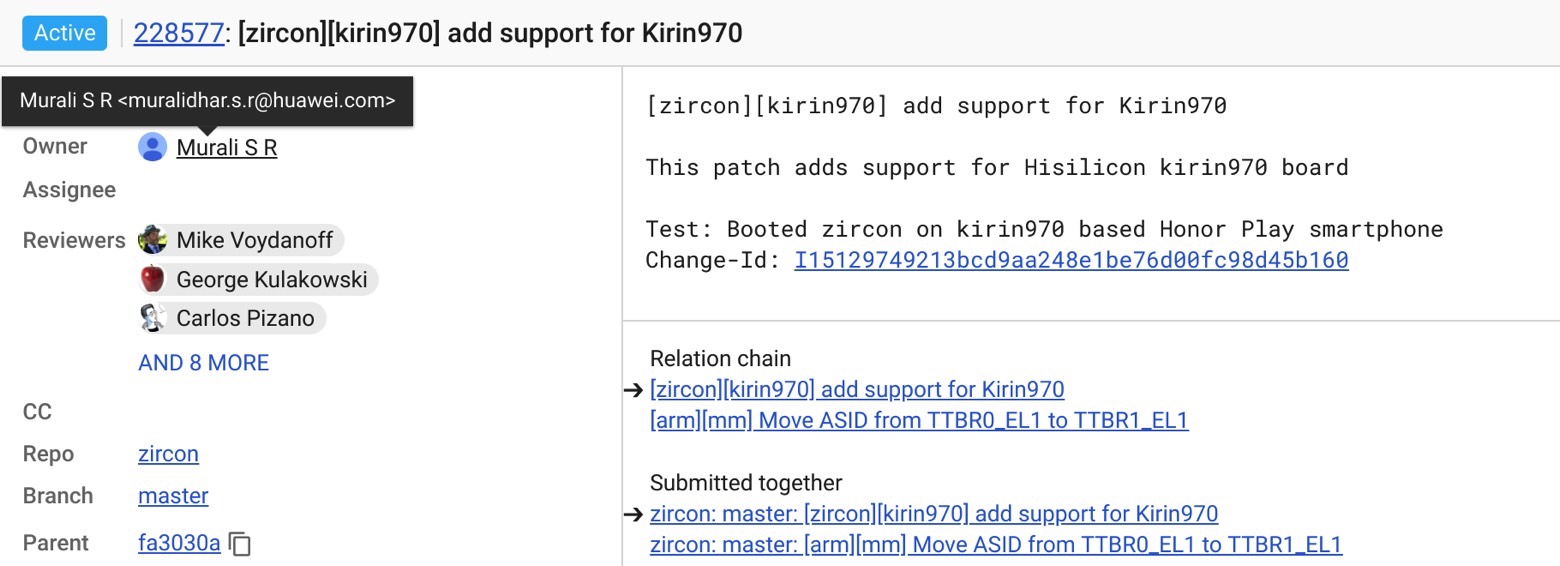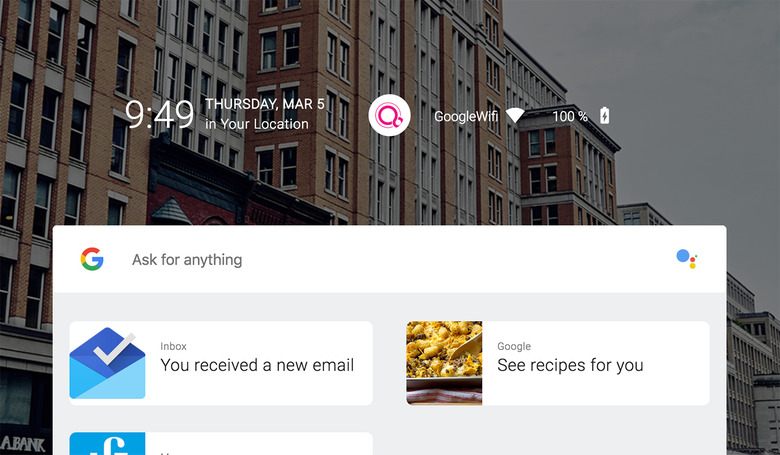The Company With The Hottest Android Phones You Can't Buy Is Helping Google 'Kill' Android
We may receive a commission on purchases made from links.
Google is already working on "killing" Android. And by that, I mean replacing it with a more versatile operating system that would work on mobile devices, smart devices, computers, and just about anything else. Codenamed Fuchsia, the OS should be a lot easier to update for Google, and could make fans forget the days when they were waiting for months to run Google's newest mobile OS. Also, Fuchsia should also run all current Android apps, which would make the transition to Fuchsia devices a lot smoother for everyone, including Google, its customers, and developers. Now, we've learned that the Android vendor whose hot devices you can't even buy is helping Google test out Fuchsia on existing phones.
Available in many markets, the Huawei Mate 20 Pro is the most exciting Android phone of the year, considering all the new features it has to offer compared to the competition. But the Mate 20 Pro isn't officially available in the US (though you can get it on Amazon right now) and the same goes for any other Android smartphone that Huawei sells.
But Huawei engineers have already been able to boot Zircon, Fuchsia's kernel, on the Honor Play smartphone, which is powered by the Kirin 970 processor. Honor is Huawei's second smartphone brand, and the Kirin 970 is the processor that Huawei launched in 2017, the chip that powers a variety of phones including P20 and Mate 10 varieties.
As you can see in the following screenshot, taken by 9to6Google, a Huawei engineer explicitly mentioned running Zircon on a phone that's not made by Google:

This is a significant development for Fuchsia, as it shows that Google is already working with partners on its future OS.
Google was on stage during the Mate 20 Pro event a few weeks ago highlighting the close collaboration between the two companies, just a few days after launching its Pixel 3 phone. Then Google made an appearance at SDC18 a few days ago, to talk about Samsung's foldable phone initiative and how future versions of Android will support foldable screens. Neither event had anything to do with Fuchsia, as far as the general audiences were concerned, but it goes to show that Google is working closely with top Android vendors. And foldable phones may be the kind of devices that will prove why a dynamic OS like Fuchsia is needed. Huawei, of course, is making a foldable phone of its own, which could be powered by the same Kirin 980 found inside the Mate 20 Pro.
That said, Fuchsia's official arrival isn't expected for a few more years. And Google is already working on Android Q behind the scenes, which is the OS that will power Android handsets late next year.
